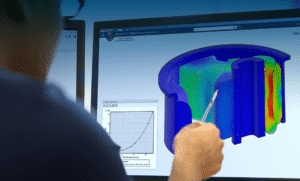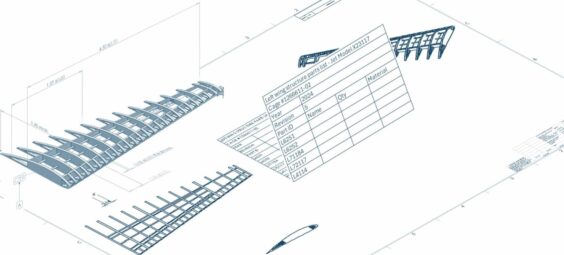Engineering Process: do you really need one?
Transforming your organization through effective process design is pivotal as we live by Giuseppe Mazzini’s insight: “Slumber not in the tents of your fathers. The world is advancing.” To thrive in a fast-paced world, organizations must evolve, turning their vision and resources into measurable actions.
The Necessity of Change
Initially, organizations benefit from agility and dynamic structures to outshine competitors. Yet, as they expand, a shift towards stability often results in a rigid hierarchy, hindering entrepreneurial spirit and innovation. External factors such as globalization, technological advances, and supply chain fluctuations demand adaptability. To navigate these challenges, refining processes is essential.
The Essence of Process Improvement
Echoing W. Edwards Deming, success hinges on enhancing processes rather than pressuring individuals for better performance. Critical metrics should emerge organically from well-designed processes, highlighting the inefficacy of traditional spreadsheet reporting. Involving employees in the development and refinement of these processes not only garners valuable insights but also fosters a culture of continuous improvement.

Strategies for Process Modification
Understanding the core areas in need of change is crucial. This understanding stems from active engagement with employee feedback, emphasizing the importance of acting on these insights. Enhancing clarity, standardizing procedures, and ensuring a seamless user experience can significantly simplify processes.
Process Validation and Continuous Improvement
Despite careful design, processes will face challenges upon implementation. Thus, a commitment to ongoing improvement is vital, with automation serving to eliminate redundant tasks without compromising decision-making or flexibility.
Ruffin’s Rules of Process Design
- Prioritize non-harmful automation, recognizing that not every operation requires it.
- Maintain a balance to prevent automation from undermining autonomy and morale.
- Continuously refine processes, acknowledging that quality emerges naturally from these improvements.
- Avoid ego-driven decisions; focus on user-centric design for collective benefit.
Engaging for Improvement
We engage with organizations ready to embrace change and devoid of ego. Our approach involves clear communication of process objectives and inclusive interviews to understand the process landscape fully.
Conclusion
If you’re poised for change, we’re here to facilitate your journey towards efficient process design. Otherwise, we welcome like-minded individuals to join our team.
Process Design: The strategic approach to transforming goals and resources into effective actions.
Competing Commitments: Conflicting priorities that hinder progress.
Click here for more: Robert Kegan and Immunity to Change
Ensuring Clarity: Achieved through standardized norms and a clear user interface.
Process Validation: Continual refinement based on real-world application and feedback.
Quality as a Process By-product: Reflects the inherent value produced through well-designed processes.



